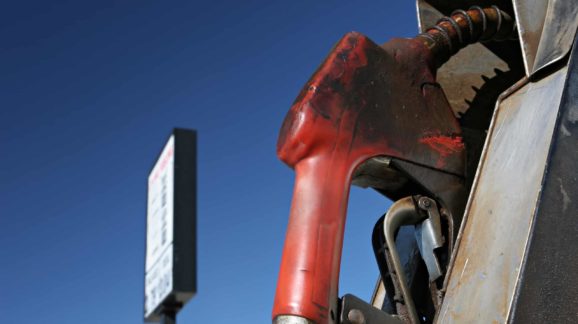Tapping the Strategic Petroleum Reserve Cannot Undo Biden Administration’s Anti-Drilling Agenda

Photo Credit: Getty
The Biden administration seems to know the playbook for pretending to respond to high gasoline prices. First, blame big oil for price gouging and launch a Federal Trade Commission investigation. Then announce a release of oil from the Strategic Petroleum Reserve (SPR). Both have been tried before and have accomplished next to nothing, and there is no reason to expect this time will be any different. And taking oil from the SPR is an especially irrational approach given that it would bring online only a small fraction of the domestic oil that has been taken offline by anti-drilling policies undertaken by previous administrations and accelerated by the current one.
The SPR, which was created in response to the OPEC oil embargoes in the 1970s, consists of about 700 million barrels of oil stored at several sites in Louisiana and Texas. A full drawdown could supply up to 4.4 million barrels per day for 150 days to replace a major disruption in foreign supplies, such as, for example, a large scale conflict involving OPEC nations. No such major event has yet happened. The SPR has also been tapped on a much lesser scale, for example, to replace supplies lost when Hurricane Katrina temporarily shut production from the Gulf of Mexico in 2005.
This time, President Biden is requesting 50 million barrels, about two and one half day’s supply , not in response to any supply disruption but to try to bring down prices. The ironic thing is that the Biden administration is using the SPR to supply the market with more oil while it tries to keep even greater supplies off the market in the name of fighting climate change.
For example, last June the president announced a revocation of oil leases (since challenged in federal court) from the Arctic National Wildlife Refuge (ANWR) that had been approved at the end of the Trump administration. For purposes of comparison, tapping the SPR will provide about 1 million barrels per day for 50 days, while ANWR, by several estimates, could achieve nearly that rate of output and keep it up every day for several decades.
Biden has taken other steps to curtail domestic oil production, including an attempt to stop issuing any new leases on federal lands. This policy was overturned by a federal court (the law explicitly requires the government to conduct lease sales), but now the administration is trying to get away with a bare minimum of leasing. It has also opposed oil infrastructure, including the Keystone XL pipeline, which could have delivered up to 800,000 barrels per day of Canadian crude to American refineries.
Even as it made its SPR announcement, the administration is still adding to its anti-domestic drilling policy. For example, the Department of the Interior is in the process of making the area around Chaco Canyon in New Mexico off-limits to oil leasing, and last Friday issued a report recommending further measures cracking down on oil production from federal lands. The Environmental Protection Agency is working on proposed methane emissions regulations that would add to production costs and likely discourage some new projects.
It is true that the oil in the SPR can be made available in a matter of days, while developing new oil leases on federal lands takes a number of years. However, it should be noted that ANWR drilling was blocked several times in the 1990s and 2000s; had it not, it would still be producing at a high level today. Other blocked projects could also be up and running and adding to domestic supplies at volumes many times higher than the SPR release.
Looking ahead, Biden’s resistance to more federal leasing will undoubtedly impact future markets, and it is doubtful that the current high gasoline prices will be the last such episode.